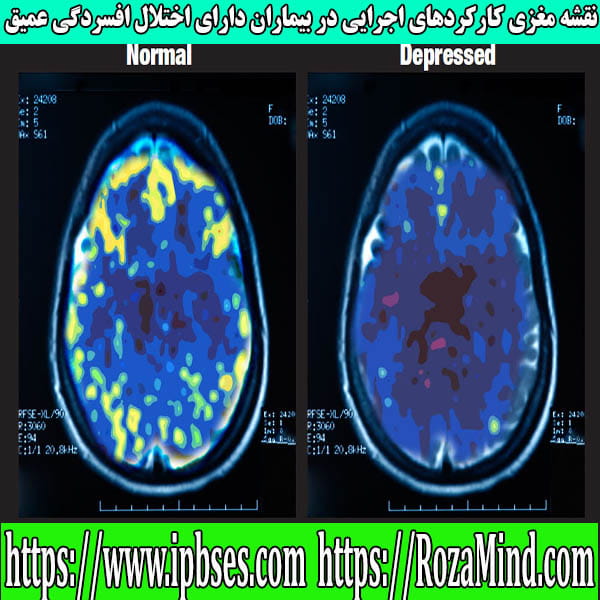پژوهشگران دانشگاه اسلو نروژ در پژوهشی بدیع به تحلیل و بررسی مسیرهای مغزی سالمندی و چگونگی پیشگیری و کاهش سرعت پیری در انسان پرداختند.
روش پژوهش مسیرهای مغزی سالمندی:
در این پژوهش تحلیل ثانوی، داده های 4352 مشاهده در سال 2017 مرکز مطالعات تغییرات چرخه عمر در مغز و شناخت (LCBC) در مورد پیری مغز مورد بررسی قرار گرفتند. سن شرکت کنندگان بین 4 تا 90 سال بود. تعداد شرکت کنندگان 1000 نفر بوده و هر شرکت کننده حداقل در بازه زمانی 10 ساله دوبار تصویربرداری مغزی MRI داشته است.
روش محاسبه بر اساس مدل ترکیبی تعمیم افزایشی (GAMM) بود. تحلیل های محاسباتی در زبان R انجام شدند. بررسی های مقایسه ای از 12 ناحیه مغزی شامل ساقه مغز، آمیگدالا، ناحیه آکومبنس، ناحیه دمی، کرتکس مخچه، ماده سفید مخچه، کرتکس مغز، ماده سفید مغز، هیپوکامپ، هسته پوتامن، تالاموس، و ناحیه پالیدوم صورت گرفتند.
یافته های پژوهش مسیرهای مغزی سالمندی:
- محاسبات مدل های طولی، بهتر از محاسبات مقطعی گروه همسالان مسیرهای مغزی سالمندی را نشان می دهند.
- کرتکس و ناحیه آکومبنس به در طول چرخه عمر روندی کاهشی را از خود نشان می دهند.
- ساقه مغز، و ماده سفید مخ و مخچه، هیپوکامپ در چرخه عمر نمودار رشدی به صورت U واژگون دارند.
- ماده سفید مخچه در سالهای پایانی چرخه عمر روندی رشدی و افزایشی دارد.
- آمیگدالا، کرتکس مخچه، هسته دمی، پالیدوم، پوتامن، و تالاموس تا 25 سالگی روندی رشدی داشته و بعد از آن پیوشته در حال کاهش اندازه هستند.
راهبردهای کارکردی پژوهش مسیرهای مغزی سالمندی:
- مطالعات مقطعی گروه های مختلف سنی نمی توانند منحنی نرمال رشد مغزی را در نقشه های مغزی نشان دهند.
- برای به دست آوردن منحنی های نرمال مسیرهای مغزی سالمندی، لازم است گروه های همسالان به صورت طولی طی سالیان متمادی مورد ارزیابی های متعدد نورولوژیک و تصویربرداری مغزی قرار بگیرند.
- داشتن نمرات خط پایه (Z-score) از نقشه مغزی در چرخه عمر کمک بسیار زیادی برای ارزیابی و پایش وضعیت مغز در سالمندی سالم و بیماری های نورودژنراتیو محسوب می شود.
A recipe for accurate estimation of lifespan brain trajectories, distinguishing longitudinal and cohort effects
Abstract
We address the problem of estimating how different parts of the brain develop and change throughout the lifespan, and how these trajectories are affected by genetic and environmental factors.
Estimation of these lifespan trajectories is statistically challenging, since their shapes are typically highly nonlinear, and although true change can only be quantified by longitudinal examinations, as follow-up intervals in neuroimaging studies typically cover less than 10% of the lifespan, use of cross-sectional information is necessary.
Method:
Linear mixed models (LMMs) and structural equation models (SEMs) commonly used in longitudinal analysis rely on assumptions which are typically not met with lifespan data, in particular when the data consist of observations combined from multiple studies.
While LMMs require a priori specification of a polynomial functional form, SEMs do not easily handle data with unstructured time intervals between measurements. Generalized additive mixed models (GAMMs) offer an attractive alternative.
In this paper we propose various ways of formulating GAMMs for estimation of lifespan trajectories of 12 brain regions, using a large longitudinal dataset and realistic simulation experiments.
Results:
We show that GAMMs are able to more accurately fit lifespan trajectories, distinguish longitudinal and cross-sectional effects, and estimate effects of genetic and environmental exposures.
Conclusion:
Finally, we discuss and contrast questions related to lifespan research which strictly require repeated measures data and questions which can be answered with a single measurement per participant, and in the latter case, which simplifying assumptions that need to be made.
The examples are accompanied with R code, providing a tutorial for researchers interested in using GAMMs.
Keywords
Aging, Cohort effects, Generalized additive mixed models, Lifespan brain research, Longitudinal analysis, MRI, R Language.




